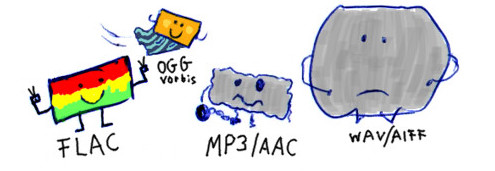4.5 Preferred file formats
The file formats you use for your data are crucial to ensuring
the future accessibility of the data. In this video you will learn how to find preferred file formats for your data.
Transcript of video "How to structure ...: Preparing the data for archiving - file formats"
[The link to the DANS list of file formats, as shown in the video, is presented below.]
Lessons learned:
- File formats are important in order to ensure the data files are accessible in the future.
- A preferred file format is characterised by being open and well documented.
- A preferred file format is commonly non-proprietary – that is, not owned by a commercial company.
- If you have your data in the form of tables in excel file(s), what would you do in order to convert from excel to a preferred file format, while preserving your table structure(s)?
- What format should that be? What about the excel file, should you just discard that after the data was converted?
DANS list of file formats:
Data Archiving and Networked Services (DANS) maintains a list of file formats, classified as preferred and non-preferred formats. DANS is the Dutch national centre of expertise and repository for research data.
Here is the link to
the list: https://dans.knaw.nl/en/about/services/easy/information-about-depositing-data/before-depositing/file-formats

Figure: "Audio File Format Heroes And Fools"
by qubodup is licensed under CC BY-SA 2.0